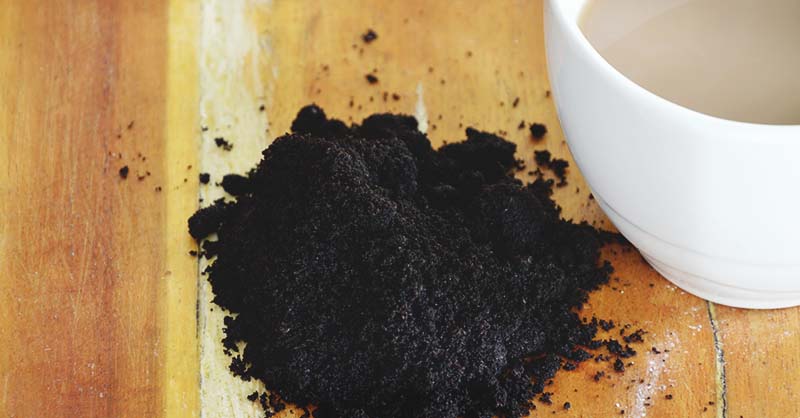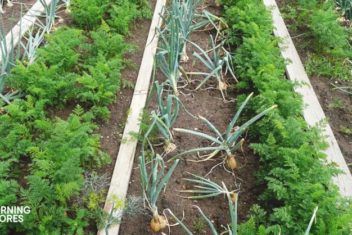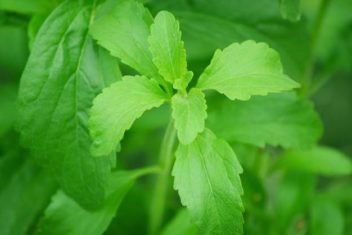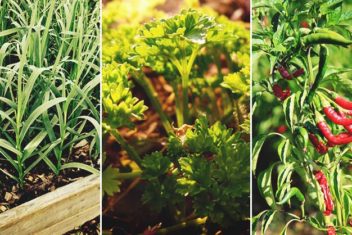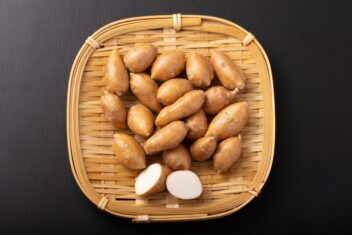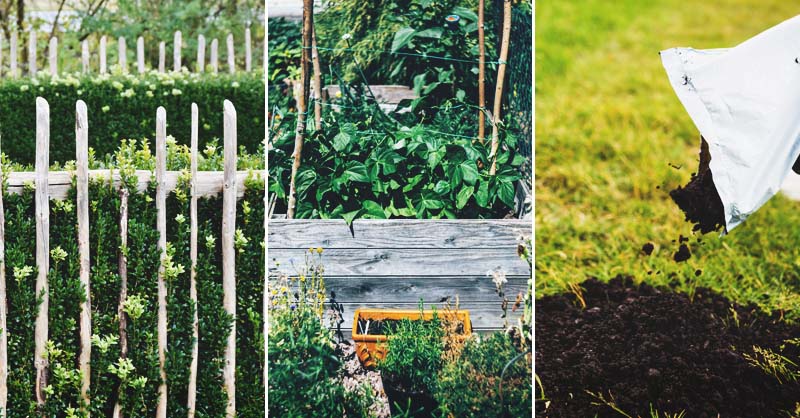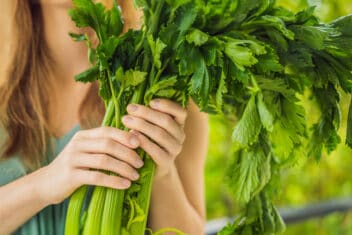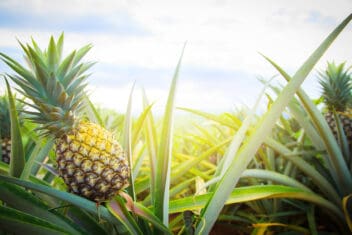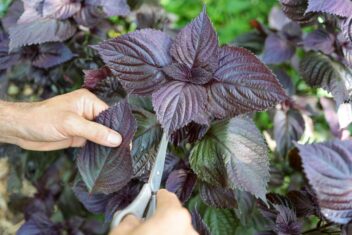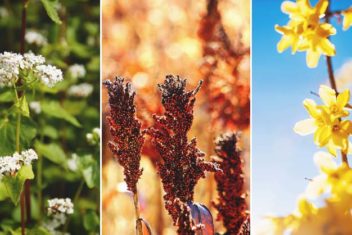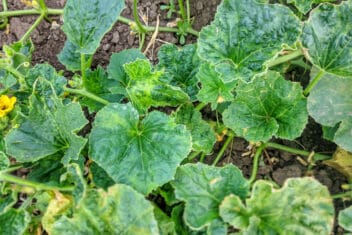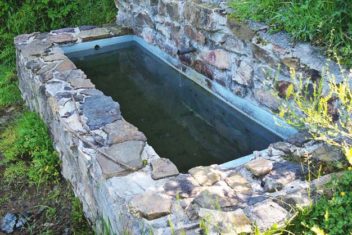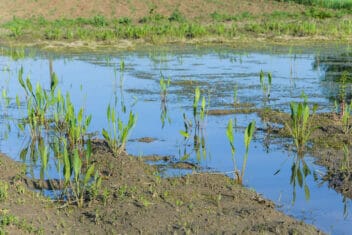I drink a lot of coffee. On cold days, there’s nothing like the comfort of having a hot mug of coffee in your hands. In the summer, I love drinking iced coffee with a hint of sweetener. While I’m a fan of the convenience of a single-cup brewer, I also enjoy the slower ritual of french press. All this means I end up with a lot of leftover coffee grounds.
I’m always reticent to throw all those grounds away. Lately, I’ve taken to composting them, but over the years, I’ve heard many tips related to coffee grounds in the garden that it’s tough to know the best way to recycle them. I’ve had folks tell me to put them directly in the garden. Others have warned me to avoid doing such a thing.
The gardening world is full of contradictory tips, so what’s a gardener to do? Should you add grounds to your garden or will they harm your plants? Below, we’ll look at the many claims surrounding coffee grounds and examine the scientific evidence to help clear up some of the myths.
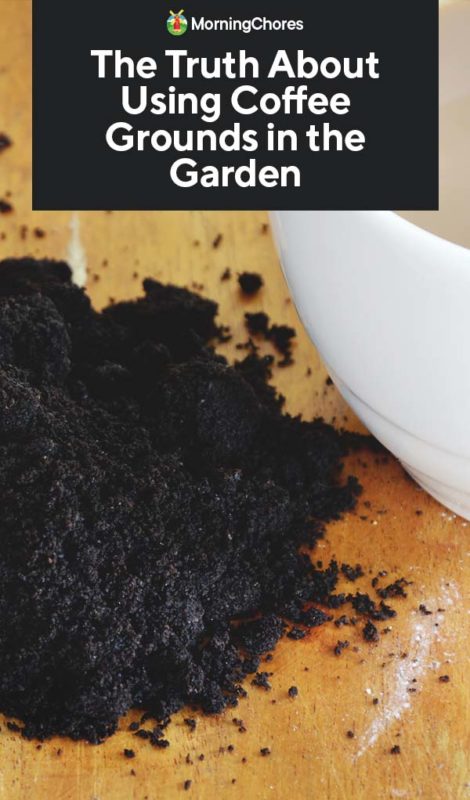
A Closer Look at Coffee Grounds

Before I dig into the controversy about coffee grounds in the garden, let’s examine their chemical makeup. Freshly ground coffee — the stuff that’s straight from the bag or the grinder and hasn’t been soaked or brewed — is acidic and high in nitrogen. Many gardeners say that adding fresh coffee grounds to the garden will help increase the nitrogen content of the soil and change the garden’s pH.
Except, that’s not how it works. Adding fresh grounds won’t immediately provide your plants with nitrogen. In dry form, the nitrogen in coffee grounds has low bioavailability. Unprocessed grounds may help to slowly alter the soil’s pH, though it’s not the most efficient way to do so.
Adding spent coffee grounds — those that are wet and have been used to brew coffee — won’t affect soil pH at all since spent grounds are neutral.
If you’re using caffeinated grounds (either fresh or spent), they will have a high caffeine content, which may be a potential source of trouble. It turns out that plants aren’t caffeine fiends like us humans can be. If you’re dead set on using non-composted coffee grounds in your garden, it may be a good idea to use decaf grounds instead of caffeinated coffee.
Using Coffee Grounds in the Garden

I’ve heard it all. Coffee grounds will make your plants grow faster! Adding grounds right around your plants is just like adding compost! Fresh grounds keep all sorts of pests away!
The anecdotal wisdom seems to point to coffee grounds as a miracle garden amendment. I used to work close to a Starbucks cafe, and they would bundle up spent grounds and give them away to customers. People were scrambling to be the first ones to grab the spent grounds at the end of the day. I do like that the store made an effort to avoid throwing grounds away, but did all those coffee grounds help those gardeners?
To answer that question, let’s take a look at the claims about coffee grounds and whether there’s any truth to them.
Coffee Grounds As a Garden Amendment
This one is true. Coffee grounds are easy to compost, they break down quickly and add generous amounts of nitrogen to your compost pile.
Careful when adding them to your vermicompost bin, though, as the matter may harm the organisms. Reduce the chance of killing your earthworms by adding a healthy amount of cardboard to your pile.
While coffee grounds are great in the compost bin, don’t expect them to transform the organic matter magically. They’ll boost nitrogen and improve the consistency of the compost. But for a measurable effect on the growth rate of your plants, you’ll need to add a hefty amount of finished product around your plants.
In other words, coffee grounds are a suitable compost additive, but they won’t transform your compost into a miracle product.
Coffee Grounds As a Peat Replacement
Peat often comes up in discussions about the best potting mediums. Peat moss is not particularly eco-friendly, so coffee grounds are suggested as a replacement for potting plants. Here’s the thing, the grounds should be composted before adding them to a growing medium.
The reason composted grounds are useful as a potting medium is that they help to improve the composition and texture of the soil for better aeration. They also conserve moisture quite well. So if you want to use coffee grounds to replace peat, do it, but you’ll need to compost them first.
Coffee Grounds as Mulch

Coffee grounds are often included on lists of mulch options for gardeners. I’m always on the lookout for new mulches, but I’ll be honest, I’m apprehensive about using coffee grounds. Some studies show that there’s no significant negative impact on plants when using fresh coffee grounds in the garden. The downside is that there’s not much benefit, either.
Why use coffee grounds as mulch? They conserve moisture, and reusing them in your veggie or flower patch is an alternative to throwing them away. If you’re a daily coffee drinker, you can apply grounds to the garden without wasting too much time composting them.
Other studies show that the direct application of spent coffee grounds increases water retention and prevents weed growth, but it also reduces plant growth rates. Once again, the
Coffee Grounds as a Pest Deterrent
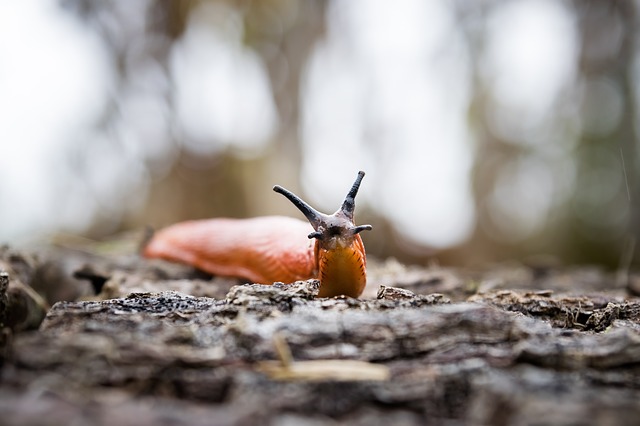
I deal with plenty of pests in my garden. From sneaky squirrels that steal ears of corn to hungry caterpillars that munch on my brassicas. I’ve heard that spreading coffee grounds around my plants is a deterrent for pests, especially snails and slugs. Grounds are apparently useful for keeping cats away, too, but I haven’t had any luck with this particular method.
There’s little scientific evidence to show that coffee grounds are useful for this purpose and that if they are, it’s likely the caffeine content that does the trick and not the grounds themselves. Unfortunately, the caffeine may also be detrimental for your plants.
Coffee Grounds for Disease Management
Are you dealing with fungal diseases in your garden? There’s a myth that sprinkling fresh grounds will help kill fungi. You’ll have better luck with fresh grounds instead of spent ones for this purpose since fresh grounds are more acidic.
While there’s little to no evidence to support the claim that grounds can control disease, if you want to try this method, try spreading fresh grounds at the end of the season instead of during to prevent harm from coming to your plants.
Coffee Grounds as Fertilizer
Composted coffee grounds offer up some nutritive content, but overall grounds are a weak fertilizer. Direct application of coffee grounds won’t help to fertilize your plants and provide them with nitrogen.
Busting Myths about Coffee Grounds in the Garden
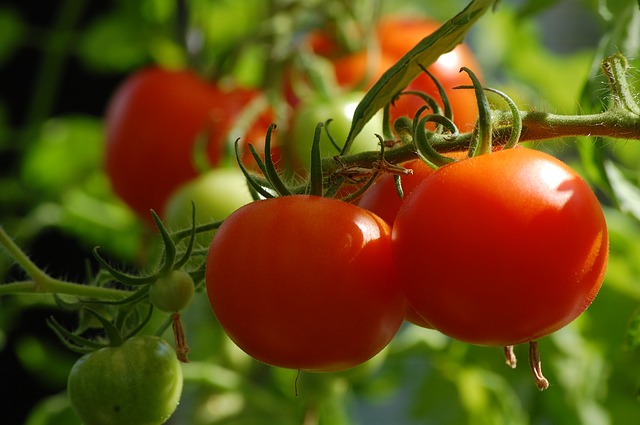
While there’s some debate to be had about the right way to use coffee grounds, there are a few ways you definitely shouldn’t use them in your garden.
- Don’t add fresh grounds around tomatoes. They’re acid-loving plants but don’t do well exposed to the highly acidic grounds.
- Don’t over-mulch with fresh coffee grounds. Adding too much coffee grounds around your plants may suffocate their roots.
- Don’t use coffee grounds to manage heavy pest infestations. One or two slugs may turn away from the coffee barrier, but there are bound to be pests that decide it’s a good idea to jump the makeshift fence. Don’t expect to control big pest problems with a small sprinkle of grounds.
- Don’t spread coffee grounds in your garden or yard if you have roaming pets. The high caffeine content may be harmful to small animals. Use decaf grounds instead.
Sourcing Coffee Grounds
If you’re itching to experiment and want to try using coffee grounds in your garden here are a few ways to source spent grounds.
- Open up K-cup or other coffee pods and recycle the plastic parts
- Toss your coffee filter, grounds and all, into the compost
- Not a coffee drinker? Ask your local coffee shop if they keep and are willing to give away coffee grounds.
- Store grounds in an airtight container in the fridge until you have a significant amount to use in the garden or throw into the compost bin.
Takeaway
The bottom line is this: coffee grounds have a place in your garden, especially if you use them in your compost pile. But don’t expect them to be a miracle resources.
The myths surrounding coffee grounds make a good lesson for gardeners. A lot of anecdotal evidence isn’t entirely true. Why are garden myths so prevalent? It’s easy to notice improvements in the garden and make false correlations. For instance: My plants are growing so well, and it’s abnormally cold during the night this year, so it must be that the cold nights help improve growth. Except, that may not be the case. It might be something else entirely that enhanced growth.
I definitely feel differently about anecdotal garden wisdom after 10 years of gardening. I’m not as quick to accept tips at face value. But that doesn’t mean I’m ultra-skeptical about every claim. One thing that I love about gardening is that I’m free to experiment as long as I can accept the potential for failure.
Whether you decide to try certain things as you dig in the dirt depends on whether you’re willing to take risks. Sometimes, a bit of risky gardening pays off, after all. It’s up to you to choose to be better safe than sorry or to try something and hope for success.
I highly recommend experimenting in the garden. I’ve grown plants I never thought I’d be able to in my climate and discovered tricks by trying new things. Experiment at will, but temper your expectations. Then be sure to let us know what you learn!

